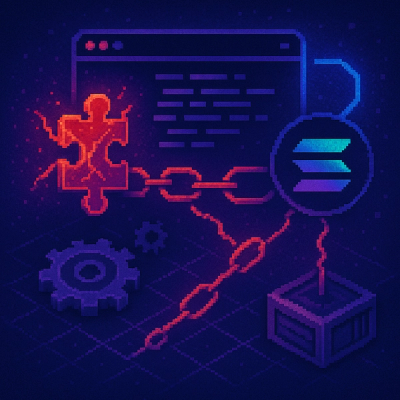@sap-ai-sdk/langchain
SAP Cloud SDK for AI is the official Software Development Kit (SDK) for SAP AI Core, SAP Generative AI Hub, and Orchestration Service.
This package provides LangChain clients built on top of the foundation model and orchestration clients of the SAP Cloud SDK for AI.
Table of Contents
Installation
$ npm install @sap-ai-sdk/langchain
Documentation
Visit the SAP Cloud SDK for AI (JavaScript) documentation portal to learn more about its capabilities and detailed usage.
Support, Feedback, Contribution
This project is open to feature requests, bug reports and questions via GitHub issues.
Contribution and feedback are encouraged and always welcome.
For more information about how to contribute, the project structure, as well as additional contribution information, see our Contribution Guidelines.
License
The SAP Cloud SDK for AI is released under the Apache License Version 2.0..



